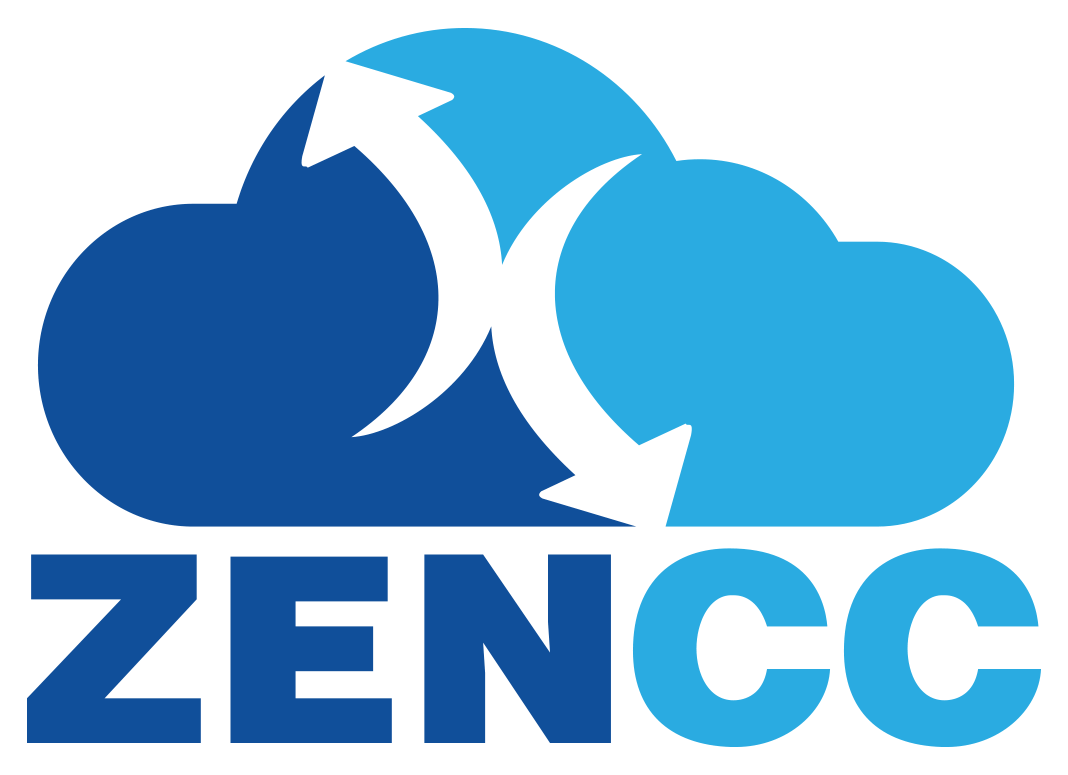Single Sign On
In the most simply articulable words, a Single Sign-On (SSO) is an authentication procedure that enables a person to access data on multiple applications with a single username and password. A lot of internet applications today allow you to sign on by just using your existing Google and Facebook credentials. While this is an inspired version of SSO, the whole concept of an SSO shines truly in an organizational environment.
A sign on, as a concept, has for long been established as an irreplaceable property of data security. Every person must have exclusive access to their own data, personal or not. In order for an application to grant access to the data stored on its servers, the person seeking data access is required to provide unique credentials in the form of a user name and a password, which is primarily created by and known to the owner alone. This way the application knows that the person is either the legitimate owner of the data or someone the owner trusts with such information. And while it is mostly agreed, that the concept of a sign-on is essential to data security, it has begun to display certain limitations.
During the early 2000s, most enterprises thrived in an intranet-based, local or “On-premises” atmosphere making it easier to fortify data through even physical security. This made sign-on credentials not as critical as they are today. In some organizations, an ID card was a good enough credential to access company data. But with the introduction of internet based SaaS applications, things began to turn around in this area. The organization’s data was now being stored, accessed and processed on third party servers which were not exclusive. The only way to access such data aas through a secure set of credentials containing a unique username and a corresponding password. This increased the importance of sign-on credentials, manifold.
As we move towards an increasingly sophisticated data driven atmosphere, organizations process data in a large variety of ways. Every job requirement, in almost every organization, requires the use of multiple software applications which process different data in different ways depending on the requirement. Needless to say, each application requires its own authentication credentials, requiring the user to maintain this information extensively, which makes it very tedious and vulnerable to theft or misplacement. It was to address this very issue that the idea of a Single Sign-On (SSO) was first put on table.
SSO is not just about saving time but overall productivity through reduction of human effort. The idea was to allow the user to transit between applications seamlessly without any need for constant re-authentication. Besides, from an admin point of view, it is easier to track and maintain accountability of the activities of a single set of credentials rather than multiple ones, which helps streamline the organizations IT resources.
As we move forward, organizations are seeing the big-picture merits of implementing an SSO based environment. Like all technology, SSO does have some demerits. But because the merits outweigh the demerits by a very heavy margin, almost all experts agree that it makes more sense to plug these limitations through sophistication rather than discredit and discard the entire concept altogether. For instance, in the event that a person’s credentials are lost, they lose access to all applications, as against only a partial loss of access in the case of a system of multiple sign-ons. But this is being mitigated by pairing SSOs with other technology such as SSO with a Public Key Infrastructure (PKI), SSO with digital signature and even SSO with biometric access which eliminate the need of a user-name and password based authentication.
To conclude, the overall ease of access that is resolved by SSO has far too many merits to focus on smaller demerits which can be easily fixed with a few intelligent technological supplements based on the level of security your data requires.


